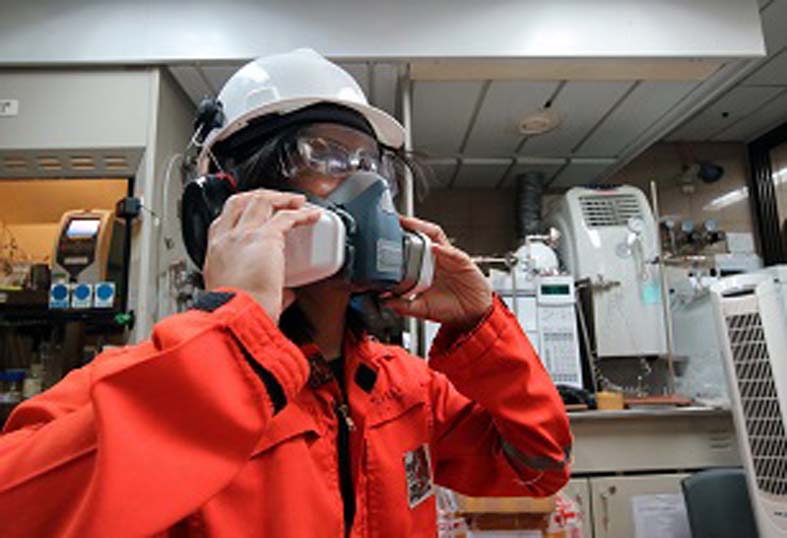In a recent engaging webinar hosted by 3M, a leader in the field of respiratory protection, George Elliot of the personal safety division took centre stage to address the critical aspects of due diligence and proper fit in safeguarding individuals against respiratory hazards
FOR IMMEDIATE RELEASE
Dubai, UAE: The webinar highlighted the alarming prevalence of fraudulent products and counterfeit documents in the respiratory protection market. Participants were urged to carry out due diligence and verify the authenticity of the products they purchase. The efforts of 3M's dedicated fraud investigation team were underlined, with the mention of numerous reports and lawsuits filed related to counterfeit respirators. Participants were advised to be cautious and look for proper packaging and model-specific user instructions as indicators of genuine products.
Fit testing and face seal checks were discussed as crucial steps in ensuring proper fitting of respirators. Elliot stressed the requirement for face fit testing in the UK and highlighted its benefits, including confirming the suitability of selected respirators and providing valuable training opportunities. Participants were encouraged to conduct user seal checks every time the respirator is worn to ensure a tight seal and minimise air leaks. The importance of achieving a proper seal was underscored as it prevents contaminated air from bypassing the filter material and entering through gaps around the face.
The efficacy of different respirator devices, particularly ear-looped devices that gained prominence during the pandemic was also a hot topic. Concerns were raised regarding the fit and effectiveness of these devices, with evidence from research conducted by the Health and Safety Executive. Fit testing results showed that only a small percentage of ear-looped devices passed the face fit test criteria, indicating potential limitations in achieving a secure seal. Participants were advised to consider fit testing and select respirators capable of fitting a broad range of facial shapes and sizes.
A key and often overlooked matter when selecting respiratory systems is the negative impact of facial hair on the effectiveness of tight-fitting respirators. Facial hair can disrupt the seal between the respirator and the wearer's face, creating gaps that compromise protection. It was stressed that individuals must be clean-shaven eight hours prior to the start of their working shift when using such respirators. Loose-fitting devices connected to powered or supplied air systems were suggested as alternatives for individuals with facial hair to ensure proper protection.
The session shed light on the significance of due diligence and optimal fit when it comes to respiratory protection. Attendees were encouraged to prioritise thorough verification processes to authenticate the products they procure, placing trust in authorised distributors for genuine purchases. Emphasis was placed on the criticality of fit testing and regular face seal checks, enabling individuals to achieve a secure seal and enhance overall protection. Notably, the webinar underscored the limitations of ear-looped devices and the potential challenges associated with facial hair, both of which can compromise proper fit. By adhering to established guidelines and regulations, individuals and organisations can ensure the authenticity, fit, and efficacy of respiratory protection products. Ultimately, this commitment ensures the well-being and safety of workers across diverse industries, safeguarding their health in potentially hazardous environments.
-ENDS-






